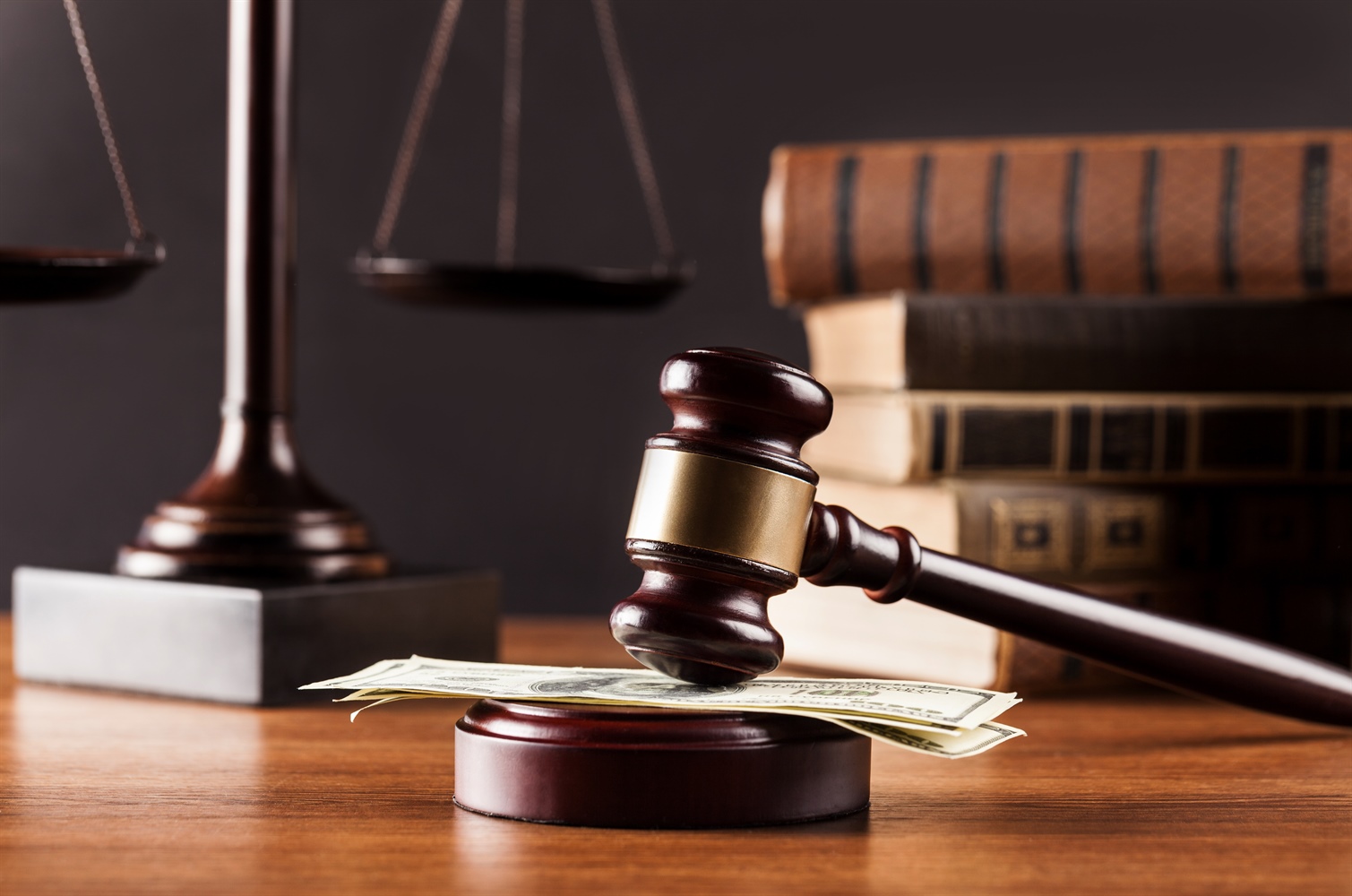Legal conflicts can arise in various situations, and understanding the different types of legal conflicts is crucial for finding effective solutions. In this guide, we will explore the basics of litigation and dispute resolution, discussing the pros and cons of each approach. We will also delve into the alternative methods of resolving legal disputes, such as mediation, arbitration, and negotiation techniques. Furthermore, we will consider the factors that should be taken into account when choosing the most suitable approach for your conflict. Finally, we will explore the future of dispute resolution and the technological advances that are shaping this field.
Understanding Legal Conflicts
A legal conflict occurs when two or more parties have a disagreement and seek a resolution through legal channels. These conflicts can arise in various contexts, such as business dispute lawyer near me, personal injury claims, family law matters, or contractual disagreements.
Legal conflicts are a common occurrence in society and play a crucial role in upholding justice and maintaining order. When parties cannot come to a mutual agreement, the legal system provides a structured process for resolving disputes in a fair and impartial manner. Legal conflicts often involve complex issues that require careful analysis of laws, regulations, and precedents to reach a just outcome.
Types of Legal Conflicts
Legal conflicts can fall into different categories depending on the nature of the dispute. Common types of legal conflicts include:
- Contract disputes
- Tort claims
- Employment disputes
- Intellectual property disputes
- Real estate disputes
Each type of legal conflict presents unique challenges and considerations. Contract disputes, for example, often hinge on the interpretation of contractual terms and conditions, requiring a careful examination of the parties’ intentions and obligations. Tort claims, on the other hand, involve allegations of harm or injury caused by one party to another, leading to claims for compensation and justice. Employment disputes may revolve around issues such as wrongful termination, discrimination, or wage disputes, highlighting the complexities of labor laws and regulations.
Common Causes of Legal Disputes
Legal disputes can be caused by various factors, including:
- Conflicting interests or goals
- Contractual breaches
- Negligence or wrongful acts
- Disagreements over intellectual property rights
- Failure to perform duties or obligations
Understanding the root causes of legal disputes is essential for effectively resolving conflicts and preventing future disagreements. Conflicting interests or goals can lead to misunderstandings and disputes, highlighting the importance of clear communication and mutual understanding between parties. Contractual breaches often result from misunderstandings or unforeseen circumstances, underscoring the need for well-drafted and comprehensive agreements to avoid potential conflicts. Negligence or wrongful acts can give rise to legal disputes, emphasizing the significance of ethical conduct and adherence to legal standards in all interactions.
The Basics of Litigation
Litigation is a legal process that involves filing a lawsuit and resolving a dispute through a court trial. It is a complex and multifaceted procedure that requires a thorough understanding of the law and its intricacies. To shed light on this process, let’s delve deeper into the various stages involved.
The Litigation Process Explained
The litigation process typically involves several stages, each playing a crucial role in the pursuit of justice:
- Pleadings: This initial stage sets the foundation for the entire litigation process. The parties involved submit their initial documents, including the complaint and answer. These documents outline the claims and defenses of each party, establishing the framework for the case.
- Discovery: In this stage, each party gathers evidence and information to support their claims or defenses. This can be done through various methods, such as depositions, where witnesses are questioned under oath, and document requests, where relevant records are obtained. Discovery is a critical phase as it allows both parties to uncover facts and build their cases.
- Pretrial: Prior to trial, the parties may engage in settlement negotiations or participate in alternative dispute resolution methods, such as mediation or arbitration. These methods offer an opportunity to resolve the dispute outside of court, potentially saving time and resources. However, if a settlement cannot be reached, the case proceeds to trial.
- Trial: The trial is the centerpiece of the litigation process. The case goes before a judge or jury, and both parties present their arguments and evidence. Witnesses are called, experts testify, and legal arguments are made. The judge or jury then evaluates the evidence and renders a decision based on the law and facts presented.
- Appeals: If dissatisfied with the outcome of the trial, the losing party may seek a review of the decision from a higher court. Appeals focus on legal errors made during the trial or issues with the application of the law. Appellate courts review the trial record and arguments presented by the parties to determine if the decision should be upheld or overturned.
Pros and Cons of Litigation
While litigation offers an opportunity to present a case before a judge or jury, it is essential to consider the advantages and disadvantages it entails:
- Advantages of litigation:
- Fair and formal process: Litigation provides a structured and impartial forum where disputes can be resolved based on the rule of law. This ensures that decisions are made objectively and in accordance with legal principles.
- Opportunity to present evidence and arguments in court: Litigation allows parties to present their case before a judge or jury, presenting evidence and arguments to support their claims. This gives them a chance to have their side of the story heard and evaluated by an independent decision-maker.
- Setting legal precedents: Through litigation, important legal precedents can be established. These precedents serve as guiding principles for future cases, shaping the interpretation and application of the law.
- Disadvantages of litigation:
- Lengthy and expensive process: Litigation can be a time-consuming and costly endeavor. The various stages, including discovery, motions, and trial, can prolong the resolution of a dispute, resulting in significant expenses for both parties.
- Loss of control over the outcome: When a dispute goes to trial, the outcome is ultimately in the hands of the judge or jury. This means that parties may have to accept a decision that may not align with their desired outcome, relinquishing control over the final result.
- Emotional stress for all parties involved: Litigation can be emotionally draining for all parties involved. The adversarial nature of the process, coupled with the high stakes, can lead to heightened stress levels and emotional strain.

Understanding the litigation process and its pros and cons is crucial for anyone embarking on a legal journey. By having a comprehensive grasp of the intricacies involved, individuals can make informed decisions and navigate the complexities of litigation more effectively.
Dispute Resolution Alternatives
Recognizing the drawbacks of litigation, many individuals and businesses turn to alternative methods of resolving their legal conflicts. These alternatives offer a more flexible and often less adversarial approach to dispute resolution, focusing on finding mutually beneficial solutions outside of the courtroom.
One such alternative is Collaborative Law, where each party retains their own specially trained collaborative attorney. The attorneys work together with the clients in a series of meetings to identify the parties’ interests and goals, and to develop creative solutions that meet the needs of both sides. This process encourages open communication and cooperation, aiming to reach a settlement that satisfies all parties involved.
Mediation as a Solution
Mediation involves a neutral third party, the mediator, who assists the conflicting parties in reaching a mutually acceptable agreement. The mediator facilitates communication, encourages creative problem-solving, and helps the parties explore potential solutions. This collaborative process empowers the parties to have control over the outcome of their dispute, leading to more sustainable and customized resolutions. Learn more about protecting your ideas with intellectual property law.
Another alternative worth considering is Restorative Justice, a process that focuses on repairing the harm caused by the conflict. In this approach, all parties affected by the dispute come together in a facilitated dialogue to discuss the impact of the conflict, take responsibility for their actions, and work towards a solution that promotes healing and understanding. Restorative Justice emphasizes empathy, accountability, and community involvement, aiming to address the root causes of the conflict and prevent future disputes.
The Role of Arbitration
Arbitration is a process in which a neutral third party, the arbitrator, acts like a private judge. The parties present their cases, and the arbitrator makes a binding decision, which is enforceable like a court judgment. This method provides a more formal and structured approach to dispute resolution, offering a quicker and more private resolution compared to traditional litigation.
Negotiation Techniques in Dispute Resolution
Negotiation is a voluntary and informal process where the conflicting parties engage in direct discussions to reach a settlement. Effective negotiation techniques include active listening, finding common ground, and exploring creative options. By focusing on interests rather than positions, parties can often find innovative solutions that address the underlying concerns driving the dispute, leading to more sustainable and mutually beneficial outcomes.
Choosing the Right Approach for Your Conflict
When choosing the most suitable approach for resolving a legal conflict, several factors should be taken into consideration.
Factors to Consider When Choosing a Method
Key factors to consider include:
- The nature and complexity of the dispute
- The desired level of control over the outcome
- The cost and time involved
- The privacy and confidentiality of the process
The Importance of Legal Advice
Obtaining legal advice is crucial when facing a legal conflict to ensure that you fully understand your rights, obligations, and the potential implications of each resolution method. A qualified attorney can guide you through the process, provide accurate legal advice, and advocate for your interests.

The Future of Dispute Resolution
As technology continues to advance, it is reshaping the field of dispute resolution.
Technological Advances in Dispute Resolution
Technology plays a significant role in improving access to justice and streamlining the dispute resolution process. Online platforms, video conferencing, and electronic filing systems have made it easier for parties to engage in remote mediation, arbitration, and court proceedings.
The Rise of Online Dispute Resolution
Online dispute resolution (ODR) is an emerging field that leverages technology to resolve legal conflicts efficiently. ODR platforms provide a virtual space where parties can communicate, negotiate, and reach agreements remotely, without the need for physical presence.
In conclusion, when faced with a legal conflict, it is essential to understand the different options available for resolution. Litigation, mediation, arbitration, and negotiation each have their strengths and weaknesses. By considering key factors and seeking legal advice, individuals and businesses can choose the most suitable approach to achieve effective solutions. Furthermore, as technology continues to advance, the future of dispute resolution holds promising developments in making the process more accessible, efficient, and convenient.


